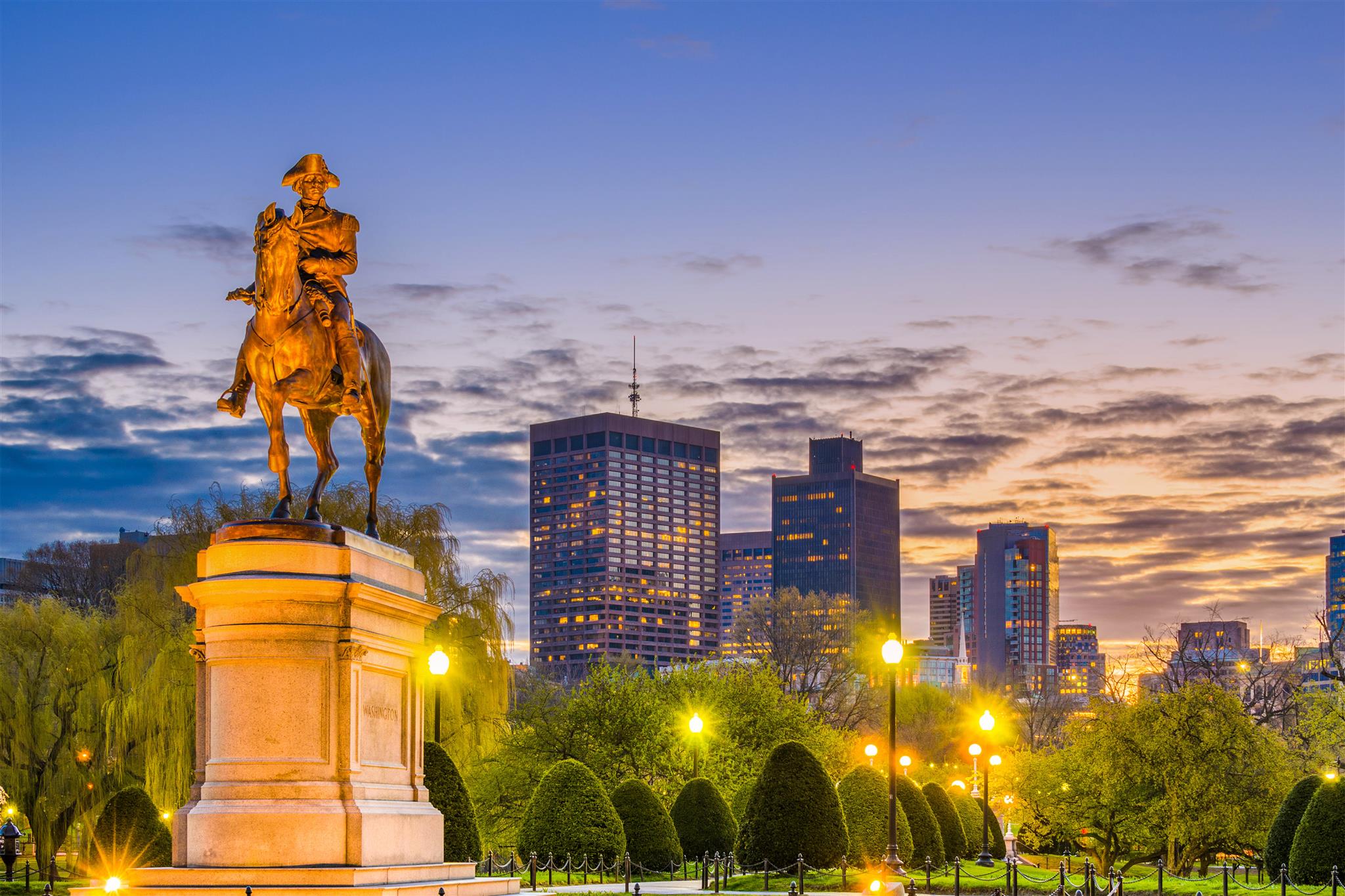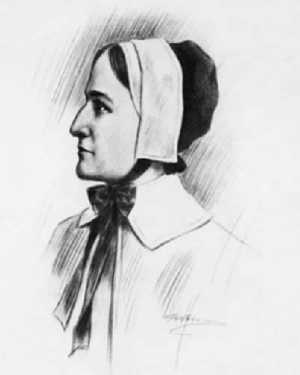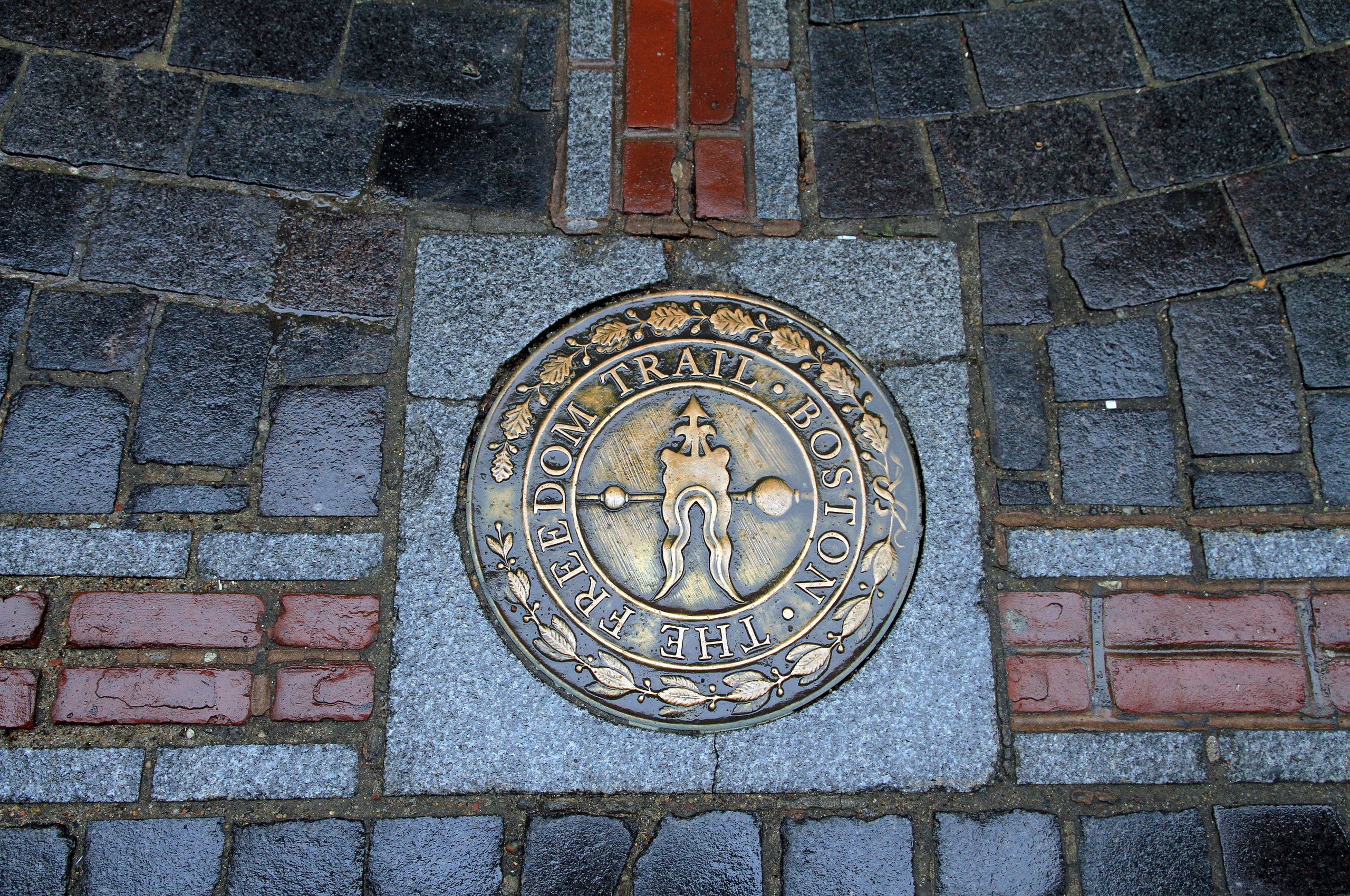City on a Hill: Finding surprising spiritual luminaries on the streets of Boston

Outside the southeast wing of the Massachusetts State House, a statue of a woman stands beneath a large tree. She faces Beacon Street, and beyond it, the green expanse of Boston Common.
The Common, of course, is the most prominent public park in downtown Boston and the oldest city park in the United States. The 50-acre park dates back to 1634. The woman depicted in the statue is almost as old—but not nearly as well-known.
Her name is Anne Marbury Hutchinson. While her history is complicated, she remains a shining figure in colonial American Christianity and the connected stories of freedom of religion and women’s equality. Her difficult history sheds light on the challenges that faced Christians in the turbulent colonial years.
Passion and Purpose
Born in England in 1591, Hutchinson was the mother of 15. She and her family arrived in Boston when Anne was well into her 40s, at which point Hutchinson became well-known as a midwife, as well as a woman of strong religious convictions. Passionate about Puritan theology, she began to host young women in her home to discuss recent sermons and other spiritual matters. Her gatherings became popular, and eventually, a few men began to attend. At one point, 80 people were gathering in her parlor each week. One of her favorite topics was the central role of God’s grace in salvation, and how that conflicted with what she viewed as an overemphasis on works in Puritan practice.

Massachusetts Governor John Winthrop—a Puritan preacher and himself a man of deep faith—lived across the street from the Hutchinson family. Like many male leaders during that period, he became uncomfortable with the idea of a woman instructing men on religious matters. Moreover, he grew increasingly concerned with Hutchinson’s theological attacks on Puritan clergy. Winthrop worried that her overemphasis on grace would lead to sin. To halt Hutchinson’s parlor gatherings, he publicly accused her of immorality. This led to charges of heresy and her eventual excommunication from the Puritan church.
Hutchinson and her family left Boston, relocated to what is now Rhode Island, and went on to co-found the Providence colony with Roger Williams. That community became a refuge for religious minorities and a beacon for the religious liberty movement. Anne moved again after her husband’s death only to meet a dire fate as she and some of her children were killed by members of the Siwanoy tribe in New York.
Memorials to Liberty
Anne Hutchinson left behind a legacy of passion defined by her faith, especially as it related to the equality of women and their place in ministry. In 1920, after the 19th amendment finally gave women the right to vote, Boston-area women’s groups commissioned a statue remembering Hutchinson as a “courageous exponent of civil liberty and religious toleration.” Notably, former U.S. presidents George H.W. Bush and George W. Bush are descendants of Hutchinson.
Stories like hers are memorialized throughout Boston. More than perhaps any other American city, Boston is a melting pot where American history, civil religion, and complex religious narratives seem to pop up on every street corner. A few minutes’ walk northeast of the State House is Boston’s Old North Church, where the “one if by land, two if by sea” lantern signal launched Paul Revere’s midnight ride and, eventually, the American Revolution.
Elsewhere in the area, Congregationalist preacher Jonathan Edwards delivered some of his famous “fire and brimstone” sermons, which set into motion the Great Awakening. In Boston Common’s Central Burying Ground, visitors can see the graves of Boston Tea Party participants. The southern end of the Freedom Trail ends nearby, the culmination of a 2.5-mile-long red brick path through historic Boston and landmark sites central to the story of the American Revolution. The trail itself—and the entire city—is populated with countless inspiring, complex stories like these. Boston is a destination with a history like no other.

Every year, Boston serves as the start of our Christian cruises to New England and Maritime Canada, a landscape populated with beautiful, historic lighthouses. These iconic structures helped sailors navigate the dangerous, craggy cliffs of the American coast. Perhaps ironically, the safety of a modern cruise ship remains one of the best ways to see these landmarks.
How appropriate, then, that these cruises often begin in Boston—a place where Believers learn about historical luminaries like Anne Hutchinson, who were their own kind of beacons amid the tricky moral and spiritual terrain of the American experiment. Those lighthouses still stand sentinel along the gorgeous shores of New England, and these shining figures continue to inform and inspire us today.
“In the same way, let your light shine before others, that they may see your good deeds and glorify your Father in heaven.”—Matthew 5:16






